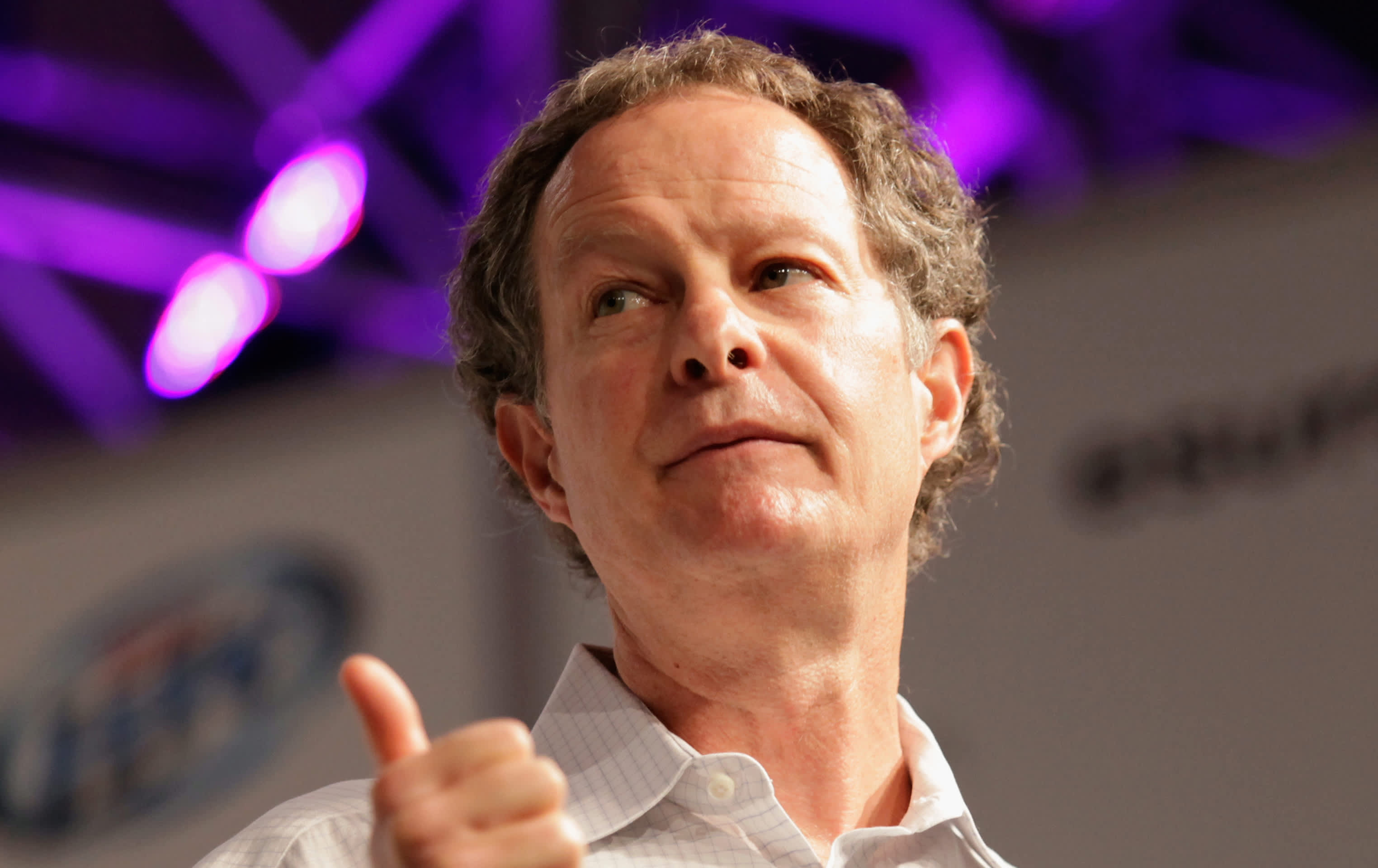At Whole Foods, every employee knows what everybody else is making. It’s a practice called “wage transparency.” The average pay of professional titles of employees is published on the Whole Foods website.
Whole Foods CEO John Mackey thinks of wage transparency as a source of motivation for employees.
“It gives people something to strive for,” Mackey told Freakonomics Radio host Stephen Dubner in an episode released Wednesday.
According to Mackey, the idea is that employees think, “‘Wow, I had no idea that a coordinator could get paid that much. I want to be a coordinator.’ Or, ‘I really want to be a store team leader, because I had no idea that including their RSUs — the restricted stock units they get from Amazon — I mean, they may be making well over $100,000.’ And if you don’t have a college degree, that’s something to aspire to,” he says.
(The mean yearly income earned by male workers, 25 and older, with only a high school degree, was $45,971 in 2019, and $29, 261 for females, according to the Census Bureau.)
Here are some average Whole Foods employee salaries, according to Whole Foods’ website. (Whole Foods has both hourly and salary employees, and most of the employees who work in stores are paid at an hourly rate.)
“Team members,” which are employees working on the floor of a store and do things like stock shelves, cut meat, prepare food, or check out customers, make an average annual pay of $30,000.
“Team leaders,” who are the employees in charge of a section of the store and train new employees, buy products and set pricing to determine profits, make $57,000 per year on average.
“Associate team leaders,” who assist a team leader, make an average annual pay of $43,000.
“Store team leaders,” or store managers, are paid an average of $99,000 per year.
“Associate store team leaders,” who are “the right-hand” to store managers and are involved in everything from hiring and training to merchandising and logistics, according to Whole Foods, make $73,000, a year on average.
The restricted stock units that Mackey referred (which are Amazon stock because the company bought Whole Foods for $13.7 billion in 2017) vest according to a pre-determined structure, either defined by years of employment or performance goals. Though distribution of stock units are not part of the compensation listed on the Whole Foods website, an internal email from Mackey leaked to Gizmodo in October 2018 stated that Whole Foods employees with more than 6,000 hours of “service” would receive a “one-time grant” of Amazon stock if they had not already been compensated with stock. (On Thursday, Amazon is trading at about $3,300 per share.)
In addition to acting as incentive, Mackey says wage transparency has another important purpose: You can fix mistakes.
“When you reveal a pay structure very transparently … sometimes things aren’t just. And people will complain about it. And that gives you an opportunity to correct it,” Mackey told Dubner.
“At other times, though, [the pay] is correct, and you can defend it. And then you’re pointing out to people what the organization most values and rewards.”
Though statistics on private sector pay transparency can be hard to come by, according to a small study published in January by nonprofit association for human resources management World at Work and human resources consulting firm Mercer, only 14% of organizations have “significant” or “extreme” pay transparency. The study surveyed 478 companies (mainly located in the U.S.) in October 2019.
Many companies “believe that [wage transparency] is going to stoke envy. So it’s better to try to keep it hidden. I believe envy can be a problem, but I think about it differently,” Mackey said.
See also:
Legendary investor Bill Gurley: We’re investing in start-ups without an office now, we didn’t before
